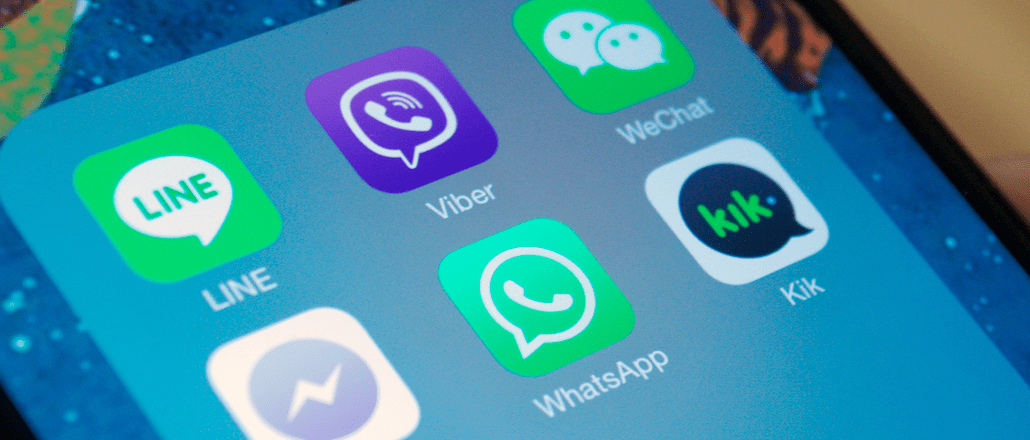Third-party measurement comes to branded emojis and stickers

With broken hearts and see-no-evil monkeys now accepted forms of communication, brands are serving up their own emoji keyboards and stickers at an accelerated rate. But whether those chicken-fries emojis actually drove more people to Burger King outlets has been anybody’s guess — until now.
Visual mobile messaging startup Emogi is partnering with analytics company Moat to bring brand-focused metrics and measurement to mobile messaging apps like Kik and others. The new partnership will give brands insights, measurement and analytics for emojis, stickers and GIFs across mobile messaging platforms.
“To date, measurement for mobile messaging has been inconsistent, so this is a much-needed evolution in the space,” said Alexis Berger, chief strategy officer at Emogi. “Partnering with a player like Moat, which is widely utilized and universally accepted across brands will bring a lot of validity to measurement in mobile messaging.”
Emogi is working with a variety of GroupM clients and brands including Moët Hennessy, L’Oréal and NBCUniversal on campaigns that will be the first to utilize the latest measurement analytics.
The Emogi platform inserts itself into messaging apps and seamlessly integrates emoji, stickers and GIFs in consumers’ conversations — no downloads necessary. If someone is messaging a contact on Kik about getting a donut, for example, the term “donut” could automatically trigger the app to offer a branded sticker from a donut brand. Typically, on other platforms, users have to actually download branded emoji keyboards and sticker packs separately to be able to access branded content.
With Moat’s third-party measurement tools in place, Emogi hopes to differentiate itself from a range of competitors including Snaps and Swyft Media. These companies create personalized branded emojis, stickers and GIFs for brands on messaging apps but have their own internal dashboards for measurement. Through the partnership, Emogi wants to offer marketers mobile messaging metrics comparable with other digital standard metrics.
Emoji usage has continued to skyrocket over the years. Some 6 billion emojis or stickers are sent around the world every day on mobile messaging apps, according to Swyft Media. And brands haven’t shied from meeting this demand either. According to research by Appboy, there was a 609 percent year-over-year growth of branded campaigns using emojis between June 2015 and June 2016.
As messaging apps reach scale, more marketers want to join in, said Joe Grigsby, managing director at iCrossing Chicago, which has run emoji campaigns on messaging apps for clients including Cap’n Crunch. But in order for the space to monetize — and for brands to be willing to invest in them — they must have proper measurement tools in place. Adding third-party measurement will increase marketer confidence in mobile messaging, he said.
“To get the sacred ad dollars, you have to have the measurement in place,” he said. “A lot of it also has to do with the precedent Snapchat has set, working with third-party companies fairly quickly versus their competitors.”
“I can’t imagine the brand response being anything but positive,” said Whitney Fishman, managing partner of innovation and consumer technology at MEC. “This ensures that they’re getting the most value for their money and also key takeaways about their consumers.”
More in Marketing

Best Buy, Lowe’s chief marketing officers explain why they launched new influencer programs
CMOs launched these new programs in response to the growing importance of influencers in recommending products.

Agencies create specialist units to help marketers’ solve for AI search gatekeepers
Wpromote, Kepler and Jellyfish practices aim to illuminate impact of black box LLMs’ understanding of brands search and social efforts.

What AI startup Cluely gets — and ad tech forgets — about attention
Cluely launched a narrative before it launched a tool. And somehow, it’s working.







